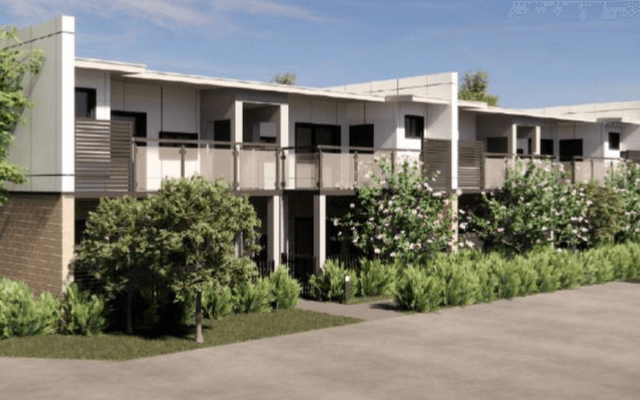This article is from the Australian Property Journal archive
AUSTRALIA’S average new owner-occupier mortgage has reached a new record high in September, while the value of new loans was down for the first time in eight months as the property market shows signs of cooling.
According to the latest data from the ABS, the average new owner-occupier loan size was up 0.9% over the month or an annual increase of 7.2% to a new record high of $642,121.
This increase was pushed by NSW, Western Australia and Queensland, which were the only states to record positive changes to the average loan size.
“NSW, Queensland and WA also saw their average new owner-occupier loan sizes rise this month, with NSW unsurprisingly taking out the title of having the largest average new mortgage at $779,239 in the month of September,” said Laine Gordon, money editor at RateCity.com.au.
“That said, with house price growth softening, according to the latest CoreLogic figures, the average loan size may follow suit.”
Queensland’s average new loan size also hit a new high of $619,599, up 2.6% or $15,611 over September for the greatest dollar increase since November 2021. This also reflects a 15.2% or $81,684 increase over the 12 months.
“Despite the cooling sentiment, the national average owner-occupier loan size hit another record high, driven in particular by a sharp rise in Queensland,” said Sally Tindall, director of data insights at Canstar.
“It’s astonishing to think the average owner-occupier loan is now over $642,000. On a 30-year mortgage at the average new customer rate, that’s a monthly repayment of almost $4,000. No wonder buyers are starting to tap out.
While not reaching a record high, NSW was up 1.0% for the month and 3.0% for the year, while WA was up 1.2% for the month and 17.6% for the year.
Over the month, Victoria saw a 0.3% decline, South Australia was down 0.8% and Tasmania saw the largest monthly drop at 1.8%.
At the same time, the total value of new housing loans was down for the first time since January this year, with a drop of $97.7 million to $30.21 billion, driven by the value of investor loans which fell 1.0% to 11.57 billion over the month.
“This drop in new lending is evidence that after 13 RBA rises, and almost 12 months with a cash rate at 4.35 per cent, borrowers may have now reached their limit,” added Tindall.
“This data from the ABS, along with the latest CoreLogic results that show property prices are now starting to drop in key capital cities, are salient signs some buyers are parking themselves on the sidelines for now.”
While the value of new owner-occupier loans, excluding first home buyers, was up 1.5% to $13.43 billion. And first home buyer loans were down 3.3% to $5.21 billion.
With the total value of new and refinanced loans for a fixed rate at 2.6%, up from the 2.0% recorded in August.
“While the proportion of new borrowers opting for a fixed rate is still incredibly low, this data will be worth watching in the months ahead to see if the deluge of fixed cuts gets borrowers locking in their rate,” said Tindall.
Over September, the value of refinancing was up 2.1% or $333.9 million to $16.43 billion.
“The fundamentals of demand and supply, with rising listing volumes and softer buyer interest are taking steam out of price growth in most markets. We expect momentum will soften further as interest rates remain on hold and cause the national median all-dwelling price to increase closer to 4% in FY2025,” said Maree Kilroy, senior economist at Oxford Economics Australia.
“The rate-cutting cycle will bring much-needed relief to mortgage holders and prospective buyers. We forecast all-dwelling prices will increase by at least 7% in FY2026, with the first cash rate cut by the RBA not expected until June quarter next year.”




